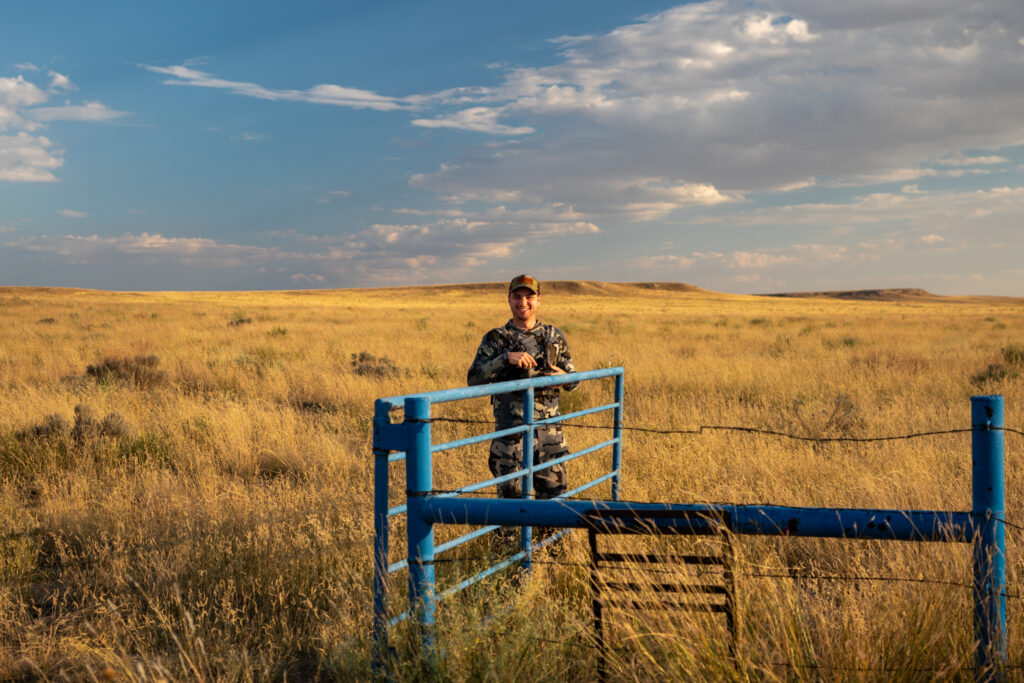Property ownership comes with a set of rights and responsibilities, including the establishment and maintenance of property boundaries. In Texas, the state’s fence laws play a crucial role in defining these boundaries and resolving disputes between neighboring landowners. Specifically, the open and closed fence laws outline the obligations and expectations regarding fence construction and maintenance. This article aims to explore the differences between Texas open and closed fence laws to provide a better understanding of property boundaries in the state.
Open Fence Law
Under Texas’s open fence law, also known as the “general fence law,” landowners are not legally obligated to erect or maintain fences along their property lines. The absence of a fence implies that neighboring landowners share the responsibility for containing their respective livestock and preventing them from trespassing onto others’ properties. In such cases, it is the landowner’s responsibility to properly manage their livestock to ensure they do not cause damage or disturbances to neighboring properties.
Closed Fence Law
In contrast to the open fence law, the closed fence law in Texas requires landowners to construct and maintain a fence along the boundaries of their property. The purpose of a closed fence is to prevent livestock from wandering onto neighboring properties and to establish a clear boundary line. According to the closed fence law, if a landowner fails to install and maintain a proper fence, they can be held liable for any damages caused by their livestock on neighboring properties.
Exceptions and Agreements
While the open and closed fence laws provide a general framework, landowners in Texas have the flexibility to negotiate and reach agreements regarding their shared boundaries. These agreements can modify the obligations set forth by the open or closed fence laws. For example, neighboring landowners can agree to share the cost of fence construction and maintenance or decide to erect a joint fence along the property line. These agreements should be documented in writing to avoid misunderstandings or disputes in the future.
Boundary Disputes
Boundary disputes can arise when landowners have conflicting interpretations of property lines or when there is uncertainty regarding fence obligations. In such cases, it is advisable to consult a legal professional who specializes in real estate or property law. These experts can review the property deeds, survey maps, and any applicable agreements to provide guidance and resolution to the dispute. Additionally, local authorities, such as county surveyors or courts, may assist in resolving boundary disagreements.
Understanding the difference between Texas open and closed fence laws is crucial for landowners to define and maintain their property boundaries. While the open fence law places the responsibility of containing livestock on individual landowners, the closed fence law mandates the construction and upkeep of a fence to prevent livestock from trespassing. However, landowners have the flexibility to negotiate agreements that modify these obligations. In case of boundary disputes, seeking legal advice and involving relevant authorities can help resolve conflicts and establish clear property boundaries. Ultimately, adherence to fence laws promotes harmonious relationships among neighboring landowners and ensures the efficient use and enjoyment of property in Texas.



